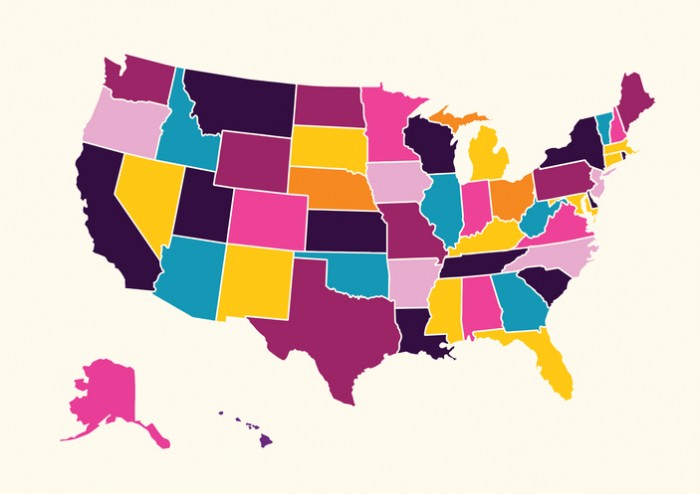Bright Health Expands Medicare Advantage Plan, Nearly Doubles Footprint
The payer will bring its Medicare Advantage plan into 13 new markets using its personalized, coordinated care model.

Source: Thinkstock
- Bright Health will be expanding its Medicare Advantage plan into 13 new markets across seven states, nearly doubling its footprint. The health plan will be expanding its product offerings by about 300 percent.
The Minneapolis-based payer’s expansion brings them into six states, including Florida, Illinois, Nebraska, Ohio, South Carolina, and Tennessee. Last year, Bright Health grew to include products in Arizona, New York, Ohio, and Tennessee.
Bright Health will be expanding its Medicare Advantage plans by extending its Health Plan Care Partner Model into these new regions. The Health Plan Care Partner Model arranges personalized provider networks for members based on its markets. The plans are organized around several elements such as cross-specialty care, geographic reach, and quality and efficiency of care.
“In just four years, we've grown from serving consumers in our pilot market of Colorado to serving tens of thousands of members across six states,” said Bright Health CEO Bob Sheehy “This substantial growth shows that consumers are hungry for a new healthcare model that is simple, personal and more affordable. We've been able to meet this demand because our Health Plan Care Partner Model allows us to scale quickly and effectively, and our significant expansion in 2020 is further validation of that.”
Along with its Medicare Advantage plans, Bright Health will extend its supplemental plans into 17 markets and its individual and family plans into 11 markets.
The company also plans to maintain partnerships with local providers. Bright Health states that these partnerships result in fully coordinated care, lower out-of-pocket costs, lower readmission and emergency room visit rates, fewer duplicate testing experiences, and referral-free specialist visits. The company emphasizes that this is particularly effective for high-risk or chronically ill members.
“With decades of experience under our belts, we knew it would take a radical change to fix healthcare, and we've found that many consumers, investors and health systems agree,” Sheehy explained. “Bright Health is leading the charge in the formation of truly collaborative relationships with our Care Partner networks to track savings, share data and rein in costs, all while personalizing the patient experience. We've had phenomenal success in our first four years and our 2020 expansion proves that we are able to deliver a much-needed product to an underserved population.”
Bright Health is growing, the payer showed in its latest earnings. In 2017, Bright Health raised $160 million. In 2018, that number nearly tripled to a total of $440 million, including $200 million through Series C financing. Bright Health is one of many venture Medicare Advantage plans funded last year that is majorly expanding this year. Oscar Health also received funding in 2019 and just announced its partnership with Montefiore Health System this week.
These plans follow a strong trajectory towards greater privatized Medicare. Medicare Advantage plans’ penetration growth rose steadily by 1.5 percentage points each year for the past decade and LEK Consulting expects this trend to continue. Between 2030 and 2040, plans like Centene’s, Bright Health’s, and Oscar’s could reach 70 percent penetration into the Medicare market, according to an LEK Consulting study.
These product growth and funding announcements come on top of previous expansions for Bright Health.
In 2018, the payer partnered with Mount Sinai Hospital in New York City for its Medicare Advantage plan, which it offered through its website, brokers, and Medicare.gov. The partnership was a significant move for the fledgling Medicare Advantage plan, bringing in a network of 2,500 providers, 300 community facilities and seven hospitals.
